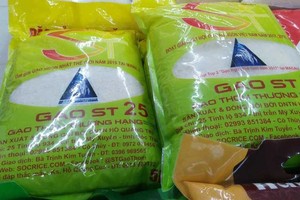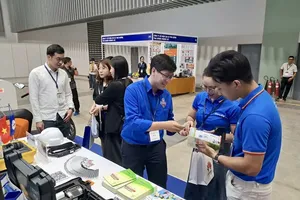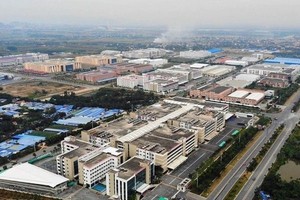
After days of investigation, the Department of Animal Health under the Ministry of Agriculture and Environment has concluded that no diseased pork was found at C.P. Vietnam’s retail outlets in Soc Trang Province. However, the company was found to have mislabeled its products with incorrect quarantine stamps.
The findings were detailed in Official Dispatch No. 841, which summarized the results of an inter-agency inspection following public accusations that C.P. Vietnam sold diseased pork and chicken at a C.P. Fresh Shop in Soc Trang. The inspection team, composed of representatives from the Departments of Agriculture and Environment, Health, and Industry and Trade, examined four local C.P. Fresh Shop locations. Initial results showed no evidence of contaminated or expired meat being sold.
Samples of ground pork were sent for laboratory testing at Region VII's Animal Health Sub-Department. All tested negative for major swine diseases, including African swine fever, classical swine fever, and porcine reproductive and respiratory syndrome (PRRS).
However, inspectors uncovered several administrative violations. Three outlets were found operating with expired food safety certificates, and all four lacked required documents such as original business registrations and food safety training certificates for staff. Authorities have requested immediate corrective action.
The investigation also expanded to cover C.P. Vietnam’s farming, slaughtering, and distribution chains in Can Tho, Ca Mau, Kien Giang, and Hau Giang provinces between May 31 and June 2. Preliminary findings there also showed no signs of diseased meat entering the market, with all products bearing proper documentation and quarantine certificates.
The probe followed a viral social media post on May 30 alleging that a C.P. Fresh Shop in Soc Trang was selling foul-smelling pork and chicken showing signs of disease. The post sparked widespread concern online. The Department of Animal Health immediately launched an emergency investigation. By the evening of June 2, with test results showing no contamination, the sealed stores were cleared to resume normal operations under ongoing supervision.
Despite the findings, public skepticism has grown. Critics point out that the cited violations occurred in 2022, while the meat samples tested were from 2025. The time gap has led to questions about the objectivity and legal validity of the investigation. Observers argue that determining the truth requires a closer look at the original incident’s timeline, rather than only reviewing current compliance.
The Ministry of Agriculture and Environment addressed the controversy at a press conference on June 3 in Hanoi. Deputy Director of the Department of Animal Health, Nguyen Thu Thuy, explained that the viral images allegedly showing diseased pork were traced back to March 26, 2022, at a slaughterhouse in Hau Giang contracted by C.P. Vietnam.
At the time, the facility had requested to thermally treat the pork for use as aquaculture feed, which is permitted under regulations. However, Ms. Nguyen Thu Thuy noted that the facility lacked official documentation approving that process, prompting the department to request additional paperwork.

Significantly, Ms. Nguyen Thu Thuy confirmed that the square quarantine stamp found on the pork was misapplied. “Meat from pigs with skin conditions repurposed for non-human use should carry a circular stamp. Diseased pigs meant for disposal require a triangular stamp. The square stamp is only for products certified safe for market sale,” she told reporters.
Deputy Minister of Agriculture and Environment Phung Duc Tien, who chaired the press conference, called for accountability. “We cannot let one bad actor spoil the reputation of an entire industry. Companies that comply with the law must be supported. But if they release unsafe products into the market, that’s unacceptable,” he said.

Although Ms. Nguyen Thu Thuy reiterated that the pigs in question only exhibited skin lesions and were not subject to mandatory destruction, Deputy Minister Phung Duc Tien firmly countered, “That is still a violation. According to disease prevention protocols, pigs showing signs of illness must be culled using lime, chemicals, or incineration.”
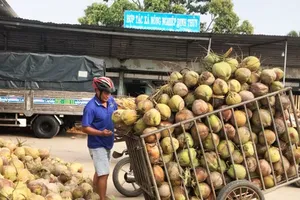
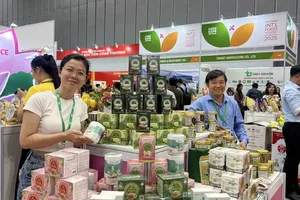

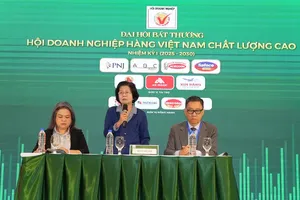




)

)
